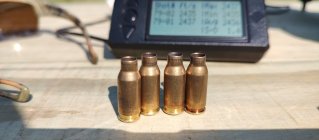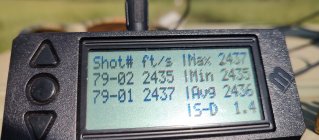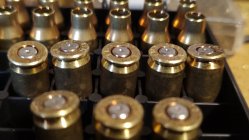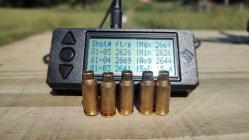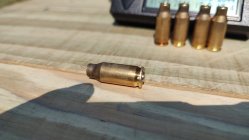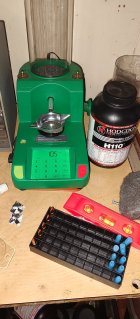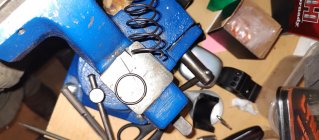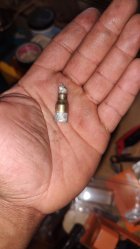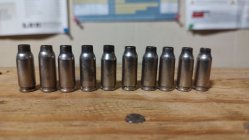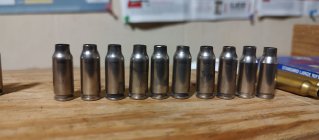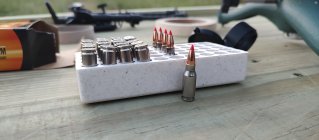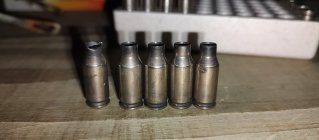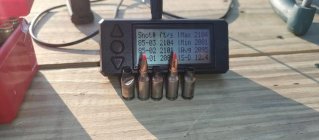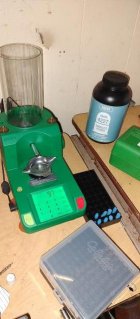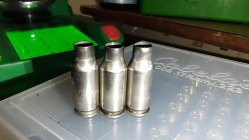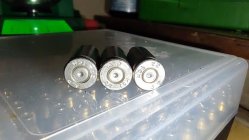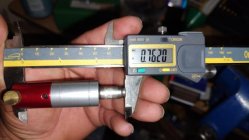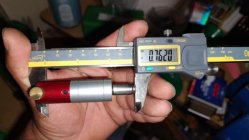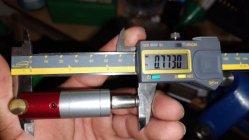Ok so the last two days have been a bit of a cluster with this lil guy, and I have to be some sort of crazy because I've been enjoying the process.....now the process includes me wanting to ram my head though the wall but haaaayy. So sorry if this is a bit rambling and random
So, to skip over a lot of extra stuff ,long story short my home made brass has been the main problem . And I gotta say , I feel a bit stupid because I've NEVER messed with neck turning and all that so this is a new deal for me. Now the main problem I've been having over a good no ejection. This lil guy is actually a great shooter ( for the whole 50yd I've been shooting)
Anyhow not the best deal but my brass
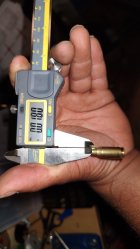
Brass from factory ammo
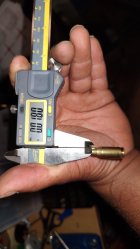
Now , again be not knowing just diddly about the importance of neck thickness ( again I've never messed with turning necks and all that, a long with the fact NO one is really messing with this lil cartridge, especially like how am. All the brass from I've seen is , cut 5.56/.223 to length anneal , resize/ form , trim , load shoot, , sooo from looking at what everyone else does and it worka the idea of needing to turn necks never crossed dmy mind)
So which that being said I stared really goin into the weeds , reading about 9mm blow backs , buffer weights springs buffer tubes , watching and rewatching the two videos KAK did on this and the 7.62x25 tokerv. Saw a lil tid bit on kaks site taking about using a carbine buffer tube . Sosonc ei had a AR I never really shoot with one and a old SBA 3 brace sitting around ( and from what I read this is completely legal...... though this crap has been bouncing around so much last two years I could have changed an hour ago and the ATF might be on the way to shoot my dog and toss me in prison...who knows. I swapped them around . Also tossed back in the mil spec trigger ( had a Kaw Valley reduced spring kit)
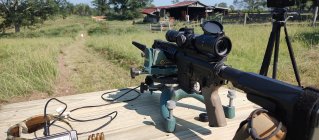
At this point I was doing. Everything with the gun right my loads just weren't hot enough to generate the pressure I needed ( look I'm not an expert, not claiming to be an expert, probably will blow my face off one of these days lol. But when you only have like two published loads , with powder you can't get , no one with any experience doing what your doing ..... Welp baby steps lol. That being said it seems to be a common consensus that using hornet data and work up is the way to go). So stared loading a bit heavier looking for pressure and the deal is with both lil gun and H110 I really don't see anything with he higher chargers that I wasn't already seeing with the lower charges. Where there definitely could not have been problems
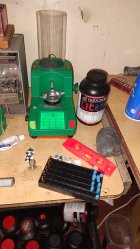
On a side note I did start seating my bullets a bit deeper . Somone mention the longer COAL/CBTO that I was doing could possibly be a problem. So stared seating deeper and actually had a few cycle ! Anyhow, with the new carbine buffer and the old mil spec trigger along with the new loads I actually started getting more signs of the gun trying to cycle
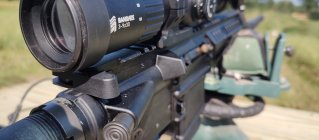
Along with some BEAUTIFUL case forming ... For the most part
